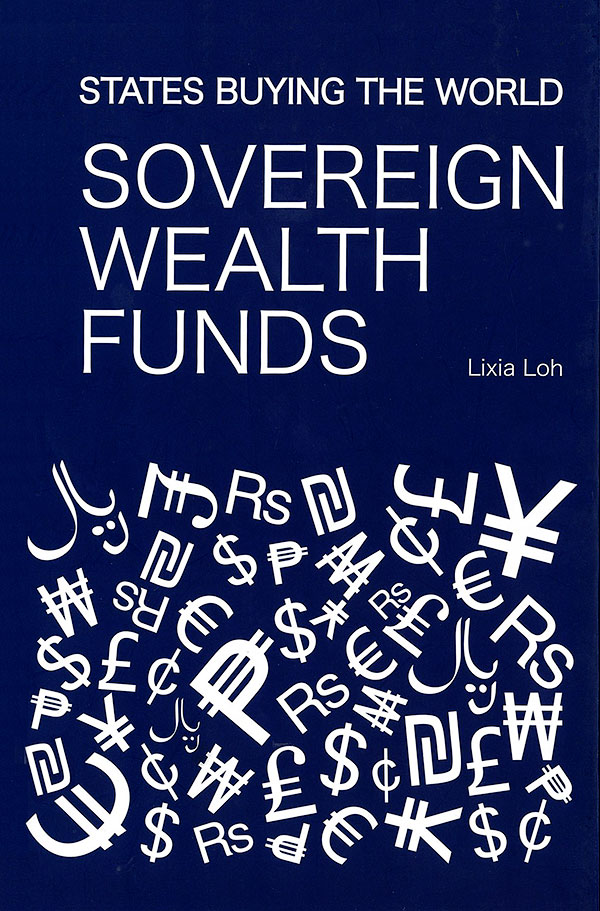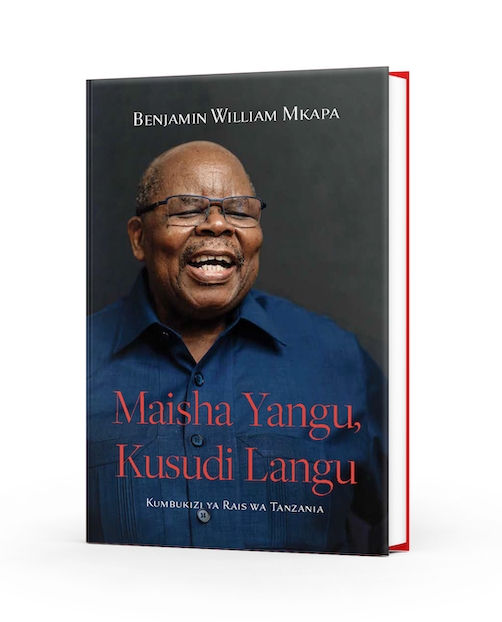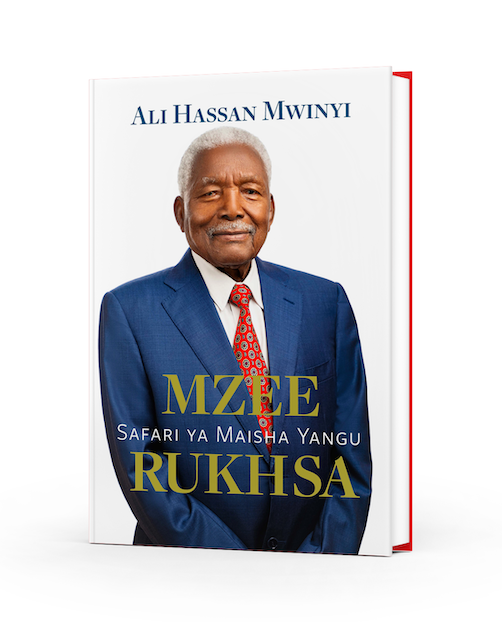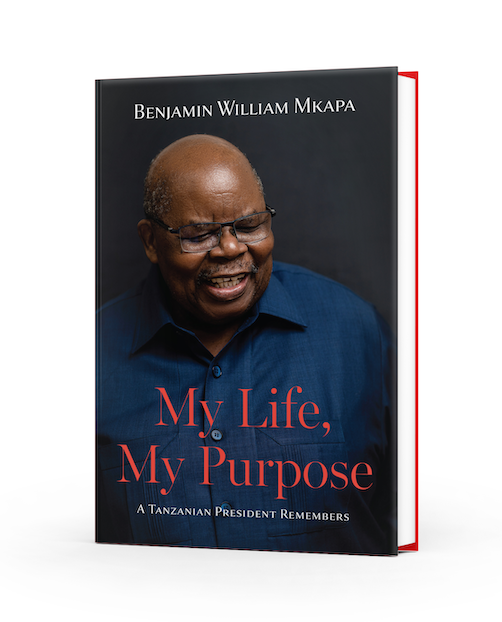By Japhet Lutambi
What are Sovereign Wealth Funds (SWFs)? What are the sources, size and objectives of SWFs? Why have SWF had little media interest in their investments prior to 2007? Why are commentators concerned at the rise of SWFs? Lixia Loh addresses these questions in Sovereign Wealth Funds: States Buying the World. Loh aims to clarify the nature, strategies and investment holdings of SWFs to enable policy makers and academics to make reasoned judgement on the significance of this fast-growing phenomenon. The book is written against the backdrop of the massive growth of SWFs coupled with the complexity and opaque nature of their strategies and investment holdings that given rise to concern at the highest level in many Western countries – and beyond.
SWFs are not a new phenomenon. They were introduced in 1950s but little research has been done on them. Despite their long history, it is only until few years ago that they became of interest to investors, policy makers and academics. The Kuwait Investment Fund was the first SWF set up in 1953 to invest the revenue from its oil industry (Page 1). Many other SWFs have been set up ever since, most of these funds were set up to invest revenue from commodity exports. Due to the success of the Abu Dhabi Investment Authority (ADIA), Norway’s Government Pension Fund-Global and the Government of Singapore Investment Corporation (GIC), countries with excess foreign reserves from either sale of commodities or exports have set up similar funds, thus resulting in the unprecedented growth in the assets under the SWFs management. Non-commodity SWFs are largely funded by excess foreign reserves and budget surpluses. Singapore was the first country to set up a SWF using its fiscal surplus, with Temasek Holdings established in 1974. Initially, most of these funds were set up using revenue from commodities, particularly oil. But over the years more funds were set up using a country’s fiscal surplus and foreign reserves.
The term ‘Sovereign Wealth Fund’ was coined by Andrew Rozanov of State Street Global Advisors in 2005 to describe the investment funds created by nations. The US Treasury defines SWF as a government investment vehicle funded by foreign exchange assets and managed separately from official reserves.
In this book, Dr. Loh considers how investment abroad allows SWFs to achieve diversification from their domestic economy and achieve a potentially higher rate of return in international markets. Dr. Loh describes a trend which indicates that the SWFs have slowed down their activities due to the global economic downturn and the uncertain future in the developed markets. To some SWFs such a move is necessary to help domestic firms which are having difficulties in raising capital.
The political debate on SWFs has witnessed a shift with SWFs moving from investing in sensitive sectors to ones with less political involvement, but nonetheless investment in consumer goods and manufacturing is fairly limited. Dr. Loh explains such investment policies and activities of the SWFs in relation to income transfer and wealth creation.
The author provides an overview of the investment policies of SWFs by country and sector, their choice of investment strategies and the regulations that these funds face in their overseas investments. The author examines the investments of five of the largest SWFs namely; Abu Dhabi Investment Authority (ADIA), China’s Investment Company (CIC), Government of Singapore Investment Corporation (GIC), Singapore’s Temasek Holdings, and Government Pension Fund-Global (GPFG-Norway) in greater details. Of the five, UAE’s ADIA is the biggest SWF in asset value and has been the most active in terms of its investment and its quest to build itself into an international investment house.
The future development of SWFs is considered in the final chapter. As SWFs are buying up global companies, the speed of their growth is faster than that of any other investment vehicles. While other investment vehicles have shrunk significantly due to the financial crisis, SWFs have defied the economic uncertainty and retain a prominent presence within global finance. The conclusion is made within the context of industry players, academic researchers and policy makers believing that SWFs will become a dominant force in global financial markets, helping to shift economic power from the West to the East.
The author observes that Tanzania can set and establish its own Sovereign Wealth Fund and invest revenue from its commodity exports given the right economic conditions. For example, high growth in the tourism and extractive sector could help drive investments in the global and emerging markets across the world. The alternative, however, can be to invest in domestic sectors (such as infrastructure or health) to derive sustainable economic development for the country.
About the reviewer
Japhet Lutambi is a PGD student in Economic Diplomacy at Mozambique-Tanzania Centre for Foreign Relations. He is also a Member of theI Institute’s Resource Centre.



